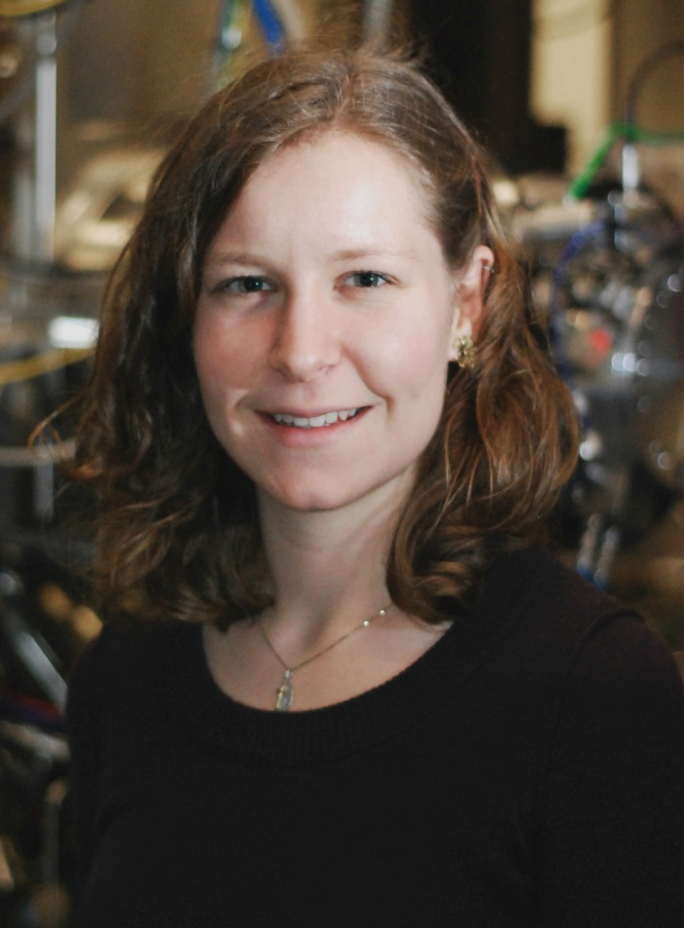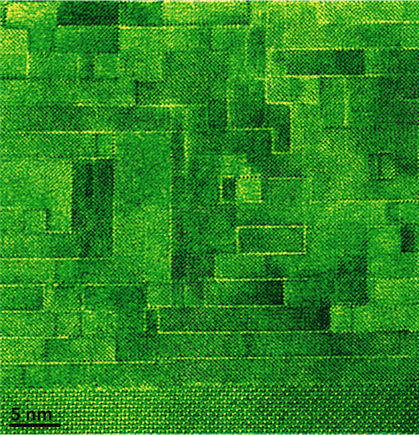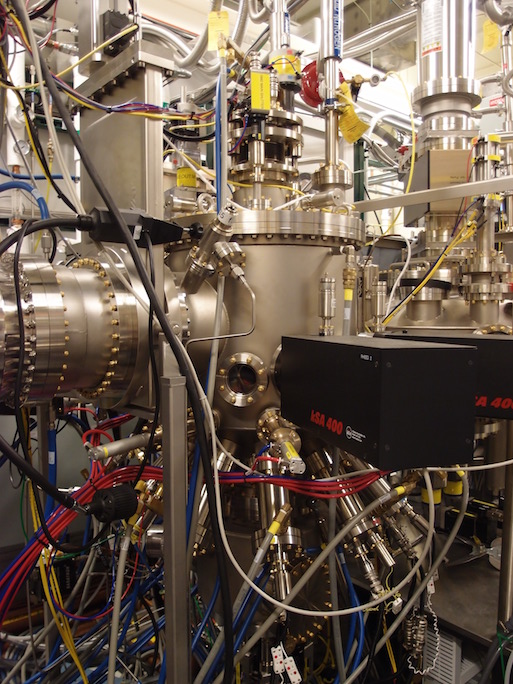Ph.D. Researcher at Cornell University
As an engineering PhD, I am looking to combine my passion for distilling complex
scientific knowledge with effective communication to solve technical
challenges.
My studies have focused on
understanding defects and engineering functionality in electronic
materials fabricated using oxide molecular-beam epitaxy (MBE)
Thesis:
Understanding and Mitigating Defects
in Oxide Superlattices for
High-Frequency Tunable Dielectrics
Tunable Dielectrics
- Similar to the concept of changing your car radio between stations, tunable dielectrics are key components that change the radio wave frequency on which a telecommunication device transmits or receives.
- Found in cell phones, satellites, and microwave components, electric-field tunable dielectrics can only perform up to gigahertz frequencies due to material defects.
Oxide Superlattices
(Image: Ye Zhu / Muller group, Cornell University)
- Superlattices are atomically layered materials that combine different compounds, creating new materials, optimally designed.
- My goal is to use these structures to create new tunable dielectric materials to overcome material defects that prevent functionality at gigahertz frequencies.
Molecular-Beam
Epitaxy
- Molecular-Beam Epitaxy is a thin film deposition technique that allows us to make materials atom layer by atom layer in a highly controlled environment.
- With this tool we can build materials that are not stable in nature.



